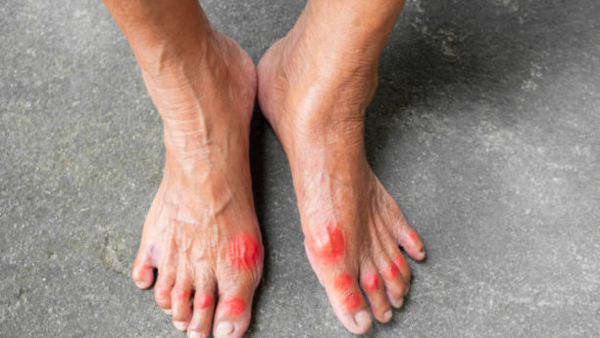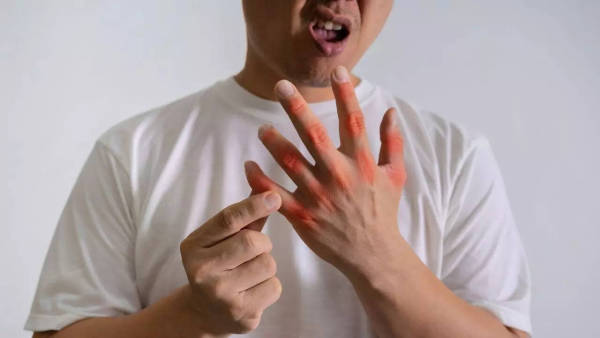
The body has its own way of telling us things when something is not quite right. High uric acid is one such condition that doesn’t always announce itself loudly in the beginning. Instead, it leaves behind small hints, an unusual stiffness here, a sudden pain there, or a tiredness that refuses to go away. While a lab test is the best way to know the exact levels, the body often drops clues much earlier. Learning to notice these signs can make all the difference in preventing future complications like gout or kidney troubles.
Sudden nighttime pain in the big toe
One of the most classic indicators of high uric acid is sudden pain in the big toe, often striking at night. This pain comes without warning, feels sharp, and may even wake a person from sleep.
Medical studies show that uric acid crystals usually settle in the big toe joint because it is cooler than the rest of the body, making it a prime spot for gout flare-ups.
Swelling and warmth in ankles and knees

When uric acid levels are high, the
immune system reacts to urate crystals like it would to an injury. This triggers swelling, warmth, and sometimes redness in weight-bearing joints such as the ankles or knees. Unlike the swelling caused by an accident or sprain, this inflammation may come and go in cycles, a key sign of gout-related problems.
Unusual sensitivity in the heels or soles
When uric acid is high, crystals may sometimes collect in the heel or sole, causing a sharp discomfort while standing or walking. This feels different from the dull ache of tired feet. Many describe it as a stabbing or pin-like pain that appears suddenly, even without long hours of walking. Such unexplained heel pain, especially when recurring, is often linked with rising uric acid levels.

Frequent kidney stone episodes
High uric acid not only affects the joints, it also impacts the kidneys. Repeated kidney stone episodes, especially when stones are small and pass with sharp pain in the lower back or sides, may be a strong indicator of
hyperuricemia. Doctors often find that uric acid stones make up about 10–15% of kidney stones.
Red, shiny skin over painful joints
Another specific clue is the appearance of red, shiny skin over painful joints during flare-ups. This happens because of inflammation triggered by uric acid crystals. The skin may feel stretched, glossy, and warm to the touch, often making the joint look more irritated than a usual injury or strain.
Disclaimer:
This article is for informational purposes only. The above signs may suggest high uric acid levels but are not a substitute for medical advice. A blood test and consultation with a doctor remain the most reliable ways to confirm and manage uric acid issues.
-
Guidelines for Displaying Ancestral Photos in Your Home

-
UK warns of visa restrictions for non-cooperative nations: What it means for Indians

-
How Pitru Dosha Shapes Marriage Delays and Family Disputes

-
Traffic Challan: No matter how big the challan is? It can be forgiven in Lok Adalat; you just have to do this on 13th September..

-
SIP Vs Lumpsum: Where will you get more returns if you invest Rs 5000 every month?
